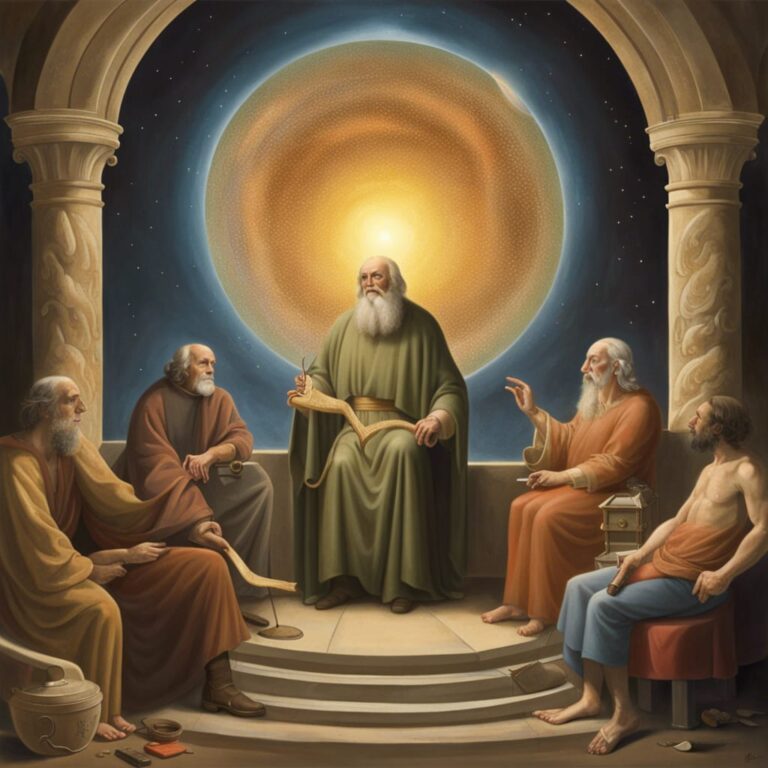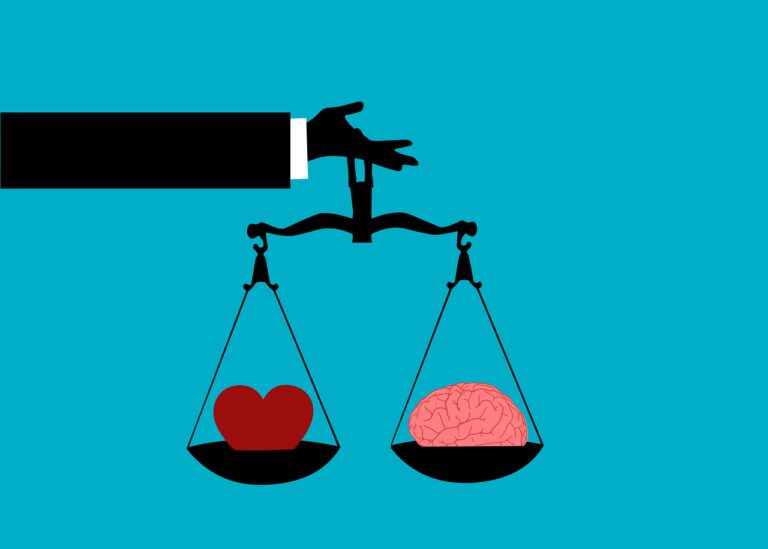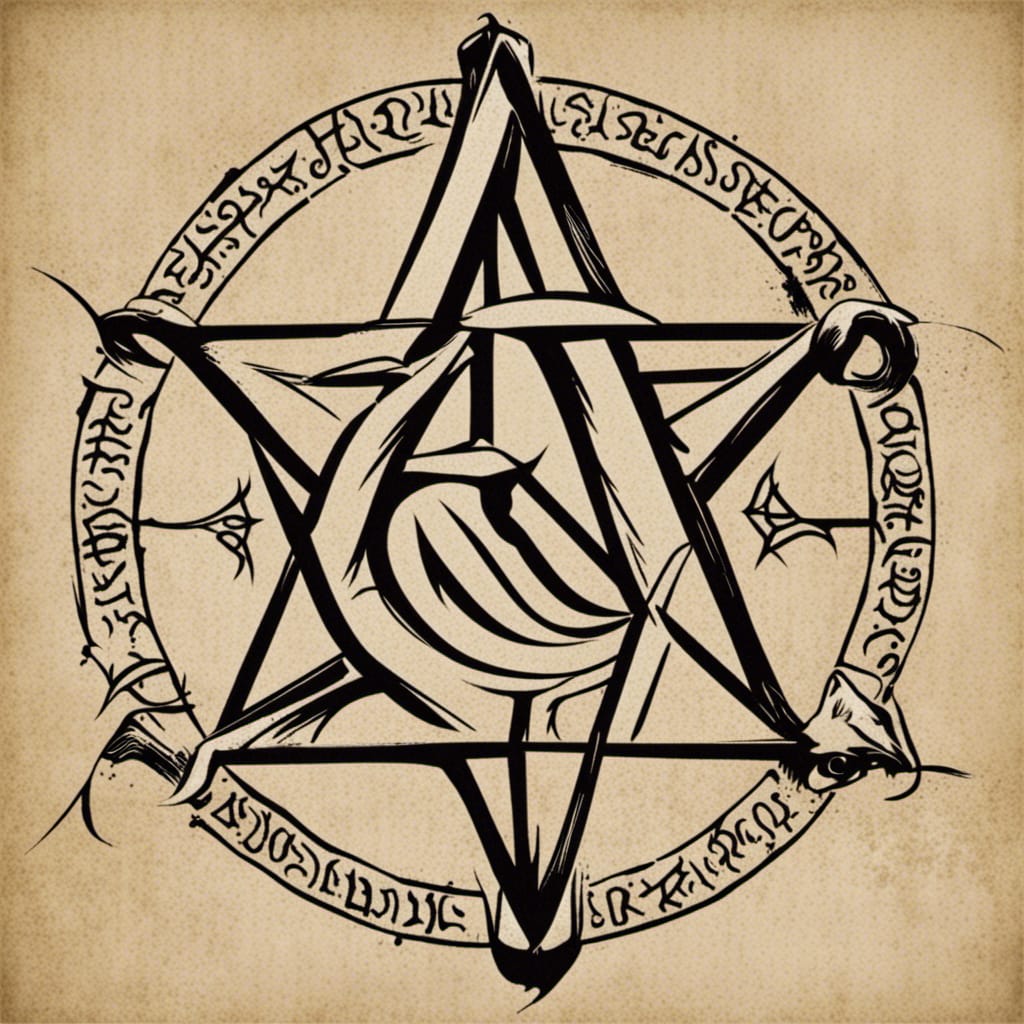
Throughout the annals of human history, certain symbols have stirred an aura of fascination and trepidation, and none more so than the enigmatic world of Satanic symbols. Evoking a myriad of emotions, from fear to intrigue, these symbols have endured the test of time, transcending cultures and civilizations.
Delving into the depths of history and mythology, this article seeks to unveil the true nature and significance of Satanic symbols, stripping away sensationalism to reveal their multifaceted meanings.
Genesis 🧬
The concept of Satan and Satanic symbols traces its roots back to various religious and mythological traditions. Satan, known as the adversary or the accuser, is a figure found in Christianity, Islam, and Judaism, representing rebellion and opposition to divine authority.
The Alchemy of Esotericism
In the Middle Ages, alchemy became a crucial element in shaping Satanic symbolism. Esotericists of the time often sought hidden wisdom and enlightenment through occult practices, which in turn influenced the emergence of new symbolic representations.
The inverted pentagram, for instance, became associated with devilry during this period, although its roots can be traced back to ancient Sumeria and Babylonia, where it was a sacred symbol of protection.
Evolution of Satanic Symbols
As we progress into the modern era, the interpretation of Satanic symbols takes on new dimensions. In the 20th century, Anton LaVey, founder of the Church of Satan, sought to redefine the meaning of these symbols in his seminal work, “The Satanic Bible.”
- LaVeyan Satanism, as expounded in the book, emphasizes the principles of individualism, personal empowerment, and the rejection of religious dogma.
- Consequently, Satanic symbols, such as the inverted Cross, acquired a new context as expressions of non-conformity.
Satanic Symbols And Meanings
In the vast realm of symbols, misconceptions often take root, perpetuating stereotypes and creating unnecessary fear. It is crucial to distinguish between genuine Satanic symbolism and sensationalized portrayals propagated by media and popular culture.

The Satanic Bible
The Satanic Bible challenges traditional morality and encourages adherents to embrace their primal desires and assert their own identities. While some see it as a liberating philosophy, others view it as a rejection of ethical principles and social responsibility.

The Pentagram
The pentagram, an ancient symbol with a five-pointed star, is one of the most prominent and misunderstood satanic symbols. Contrary to popular belief, the pentagram has diverse meanings across various cultures, representing elements like earth, air, fire, water, and spirit. In paganism and Wicca, it symbolizes protection and is associated with the Goddess.
However, in the context of Satanism, the pentagram is adopted as a sign of personal empowerment and defiance against mainstream religious norms.
Lucifer ☀️
The Sigil of Lucifer, a distinctive symbol resembling an intricate, angular star, is another frequently misunderstood emblem.
Rooted in alchemy and medieval occult practices, the sigil represents the fallen angel, Lucifer, who, in Christian mythology, was cast out of heaven for his rebellion. Conversely, for modern Luciferian groups, the symbol signifies enlightenment, knowledge, and the quest for personal liberation from oppressive ideologies.
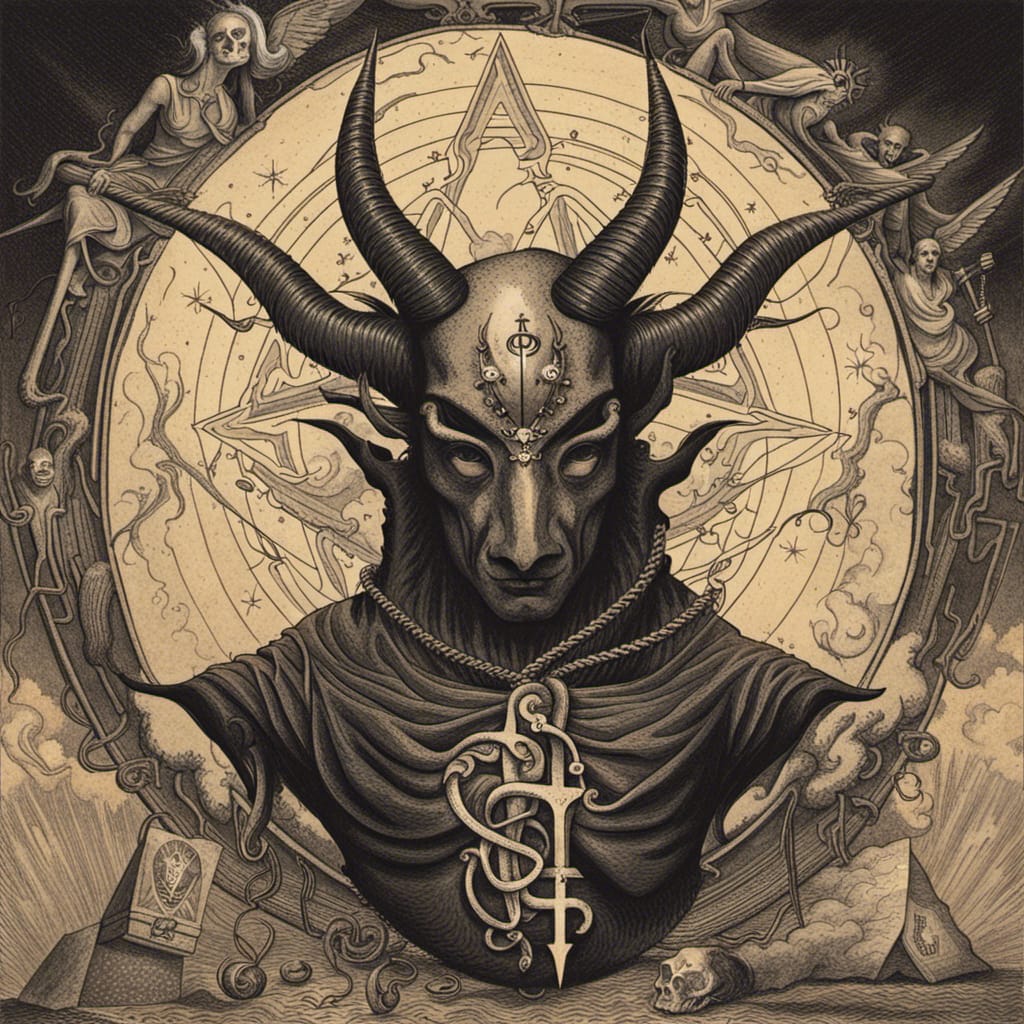
Baphomet
The Baphomet, an anthropomorphic figure with goat-like features, is another symbol associated with Satanism. Originating from the Knights Templar in the 14th century, this enigmatic figure has been connected with esoteric traditions and occultism.
Some Satanists view Baphomet as a representation of balance and enlightenment, embodying the union of opposites.
Yet, its appearance in popular culture has fueled the belief that it represents devil worship, further perpetuating the misconceptions surrounding satanic symbols.
The Leviathan Cross
Also known as the Cross of Satan, this symbol features a cross with two arms pointing downward and is often associated with the sea serpent Leviathan from religious texts.
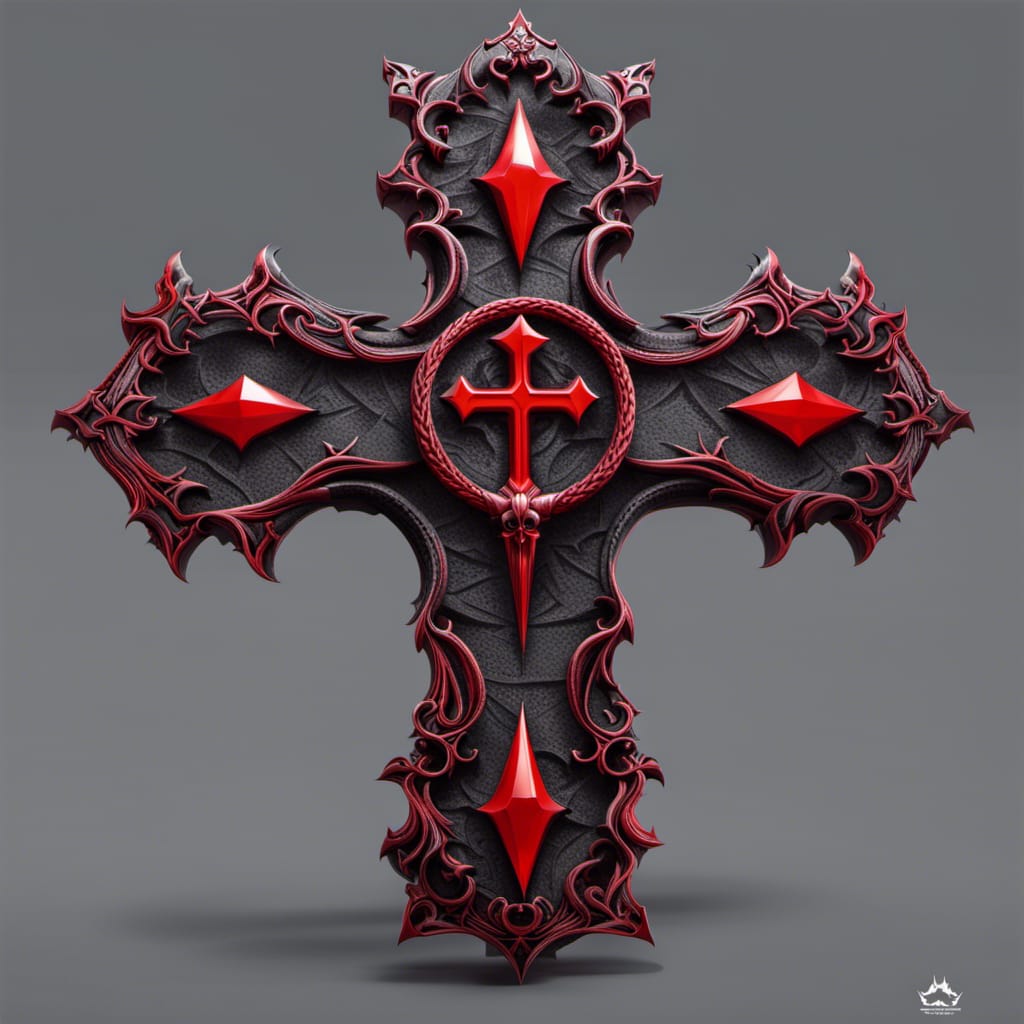
The Leviathan Cross is another example of a symbol whose meaning transcends Satanic connotations. It’s also used in alchemy and other occult practices to represent balance and harmony between opposites.
The Satanic Cross
Often mistaken for an inverted Christian cross, the Satanic cross is a symbol that embodies the spirit of rebellion. Many Satanists adopt this emblem as an act of defiance against religious dogma and societal norms. For them, the Satanic cross stands as a testament to individuality, self-discovery, and the pursuit of personal desires without the constraints of moral judgment.

Ouroboros
Then there is the enthralling ouroboros, the serpent devouring its tail, an emblem of eternity and perpetual renewal. As it coils and uncoils in an infinite loop, it symbolizes the cyclical nature of life and the eternal dance of creation and destruction. Just as love endures through trials and tribulations, the ouroboros teaches us that love is a force that transcends time, forever rekindling the embers of passion and affection.
Conclusion
In conclusion, satanic symbols have a long and complex history that extends beyond mere notions of evil. They carry diverse meanings, often deeply rooted in religious, occult, or philosophical belief systems. While some symbols have been misappropriated for shock value or entertainment, it is essential to approach these symbols with a nuanced understanding and avoid falling prey to misconceptions and stereotypes.
As with any religious or cultural symbol, it is crucial to respect the beliefs and practices of others. By educating ourselves about the true meanings behind these symbols, we can foster greater understanding and promote dialogue instead of fear and prejudice. Ultimately, knowledge empowers us to embrace diversity and build bridges between different belief systems, promoting a more tolerant and harmonious society.

